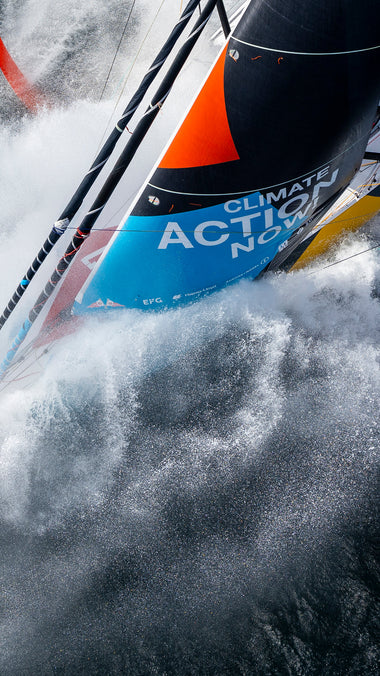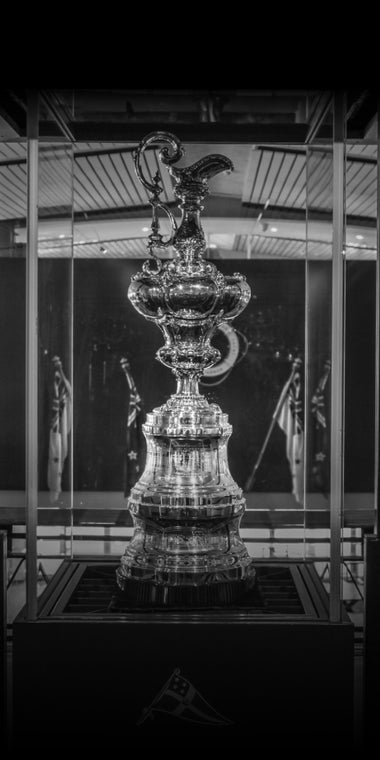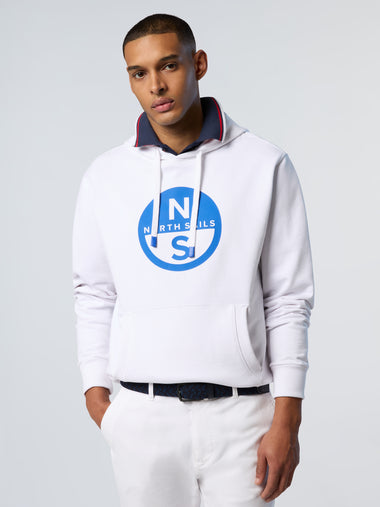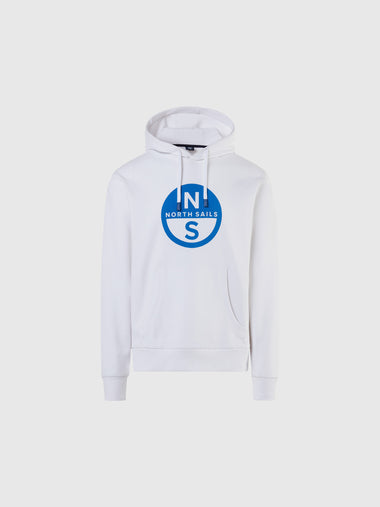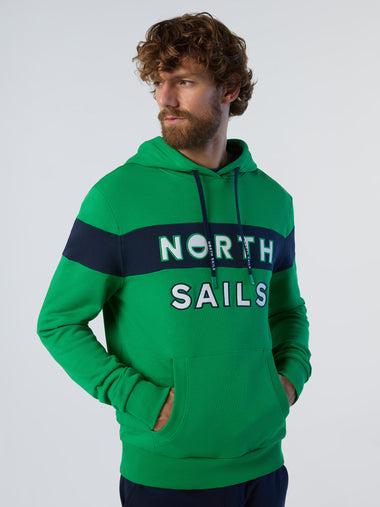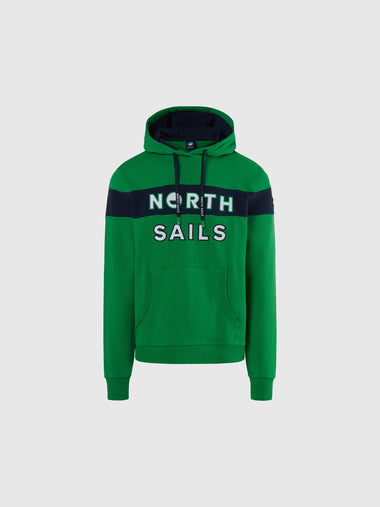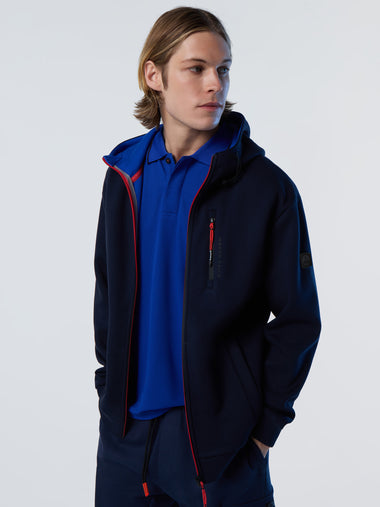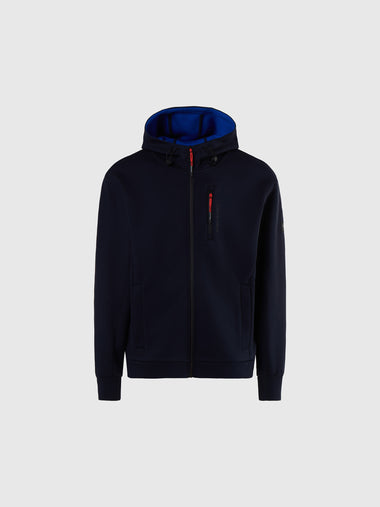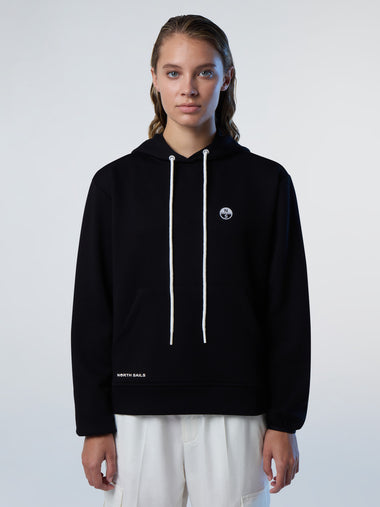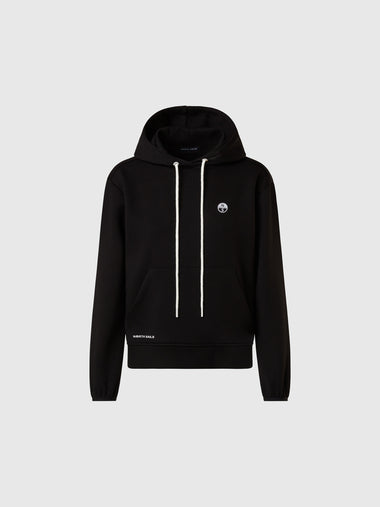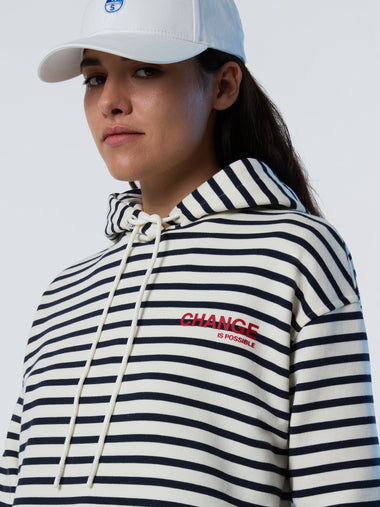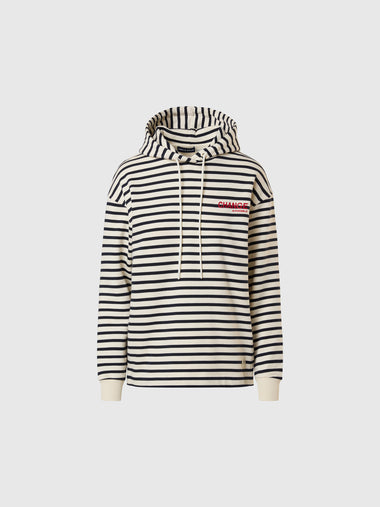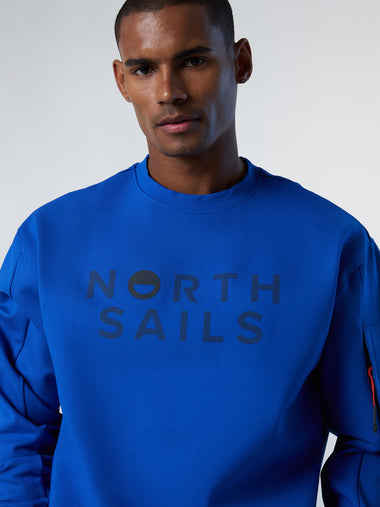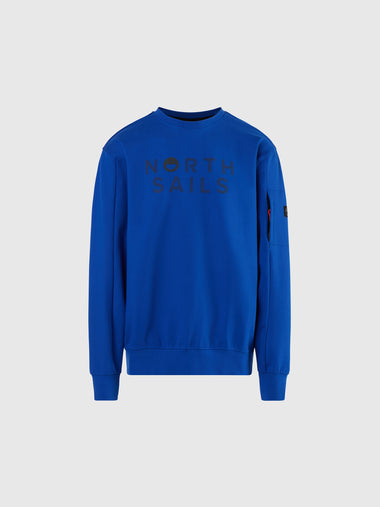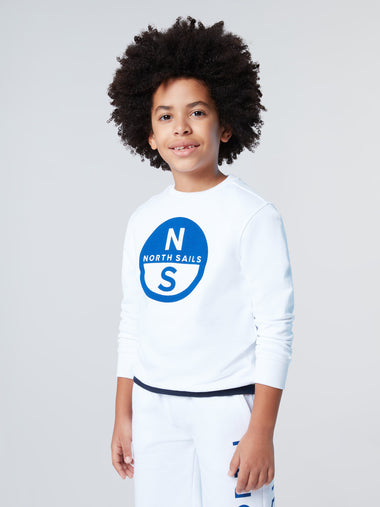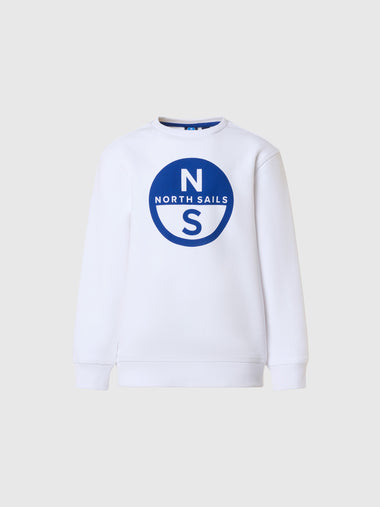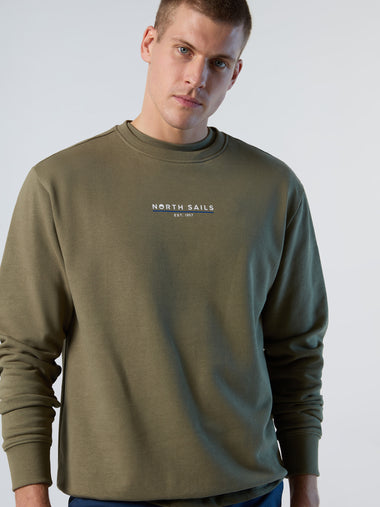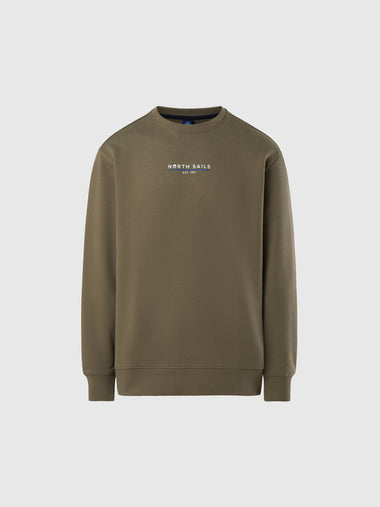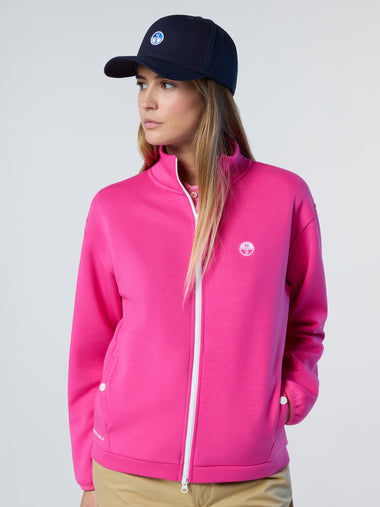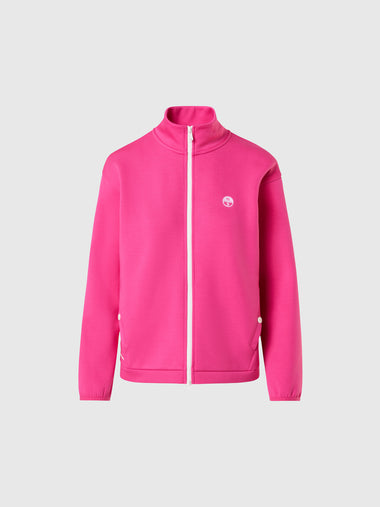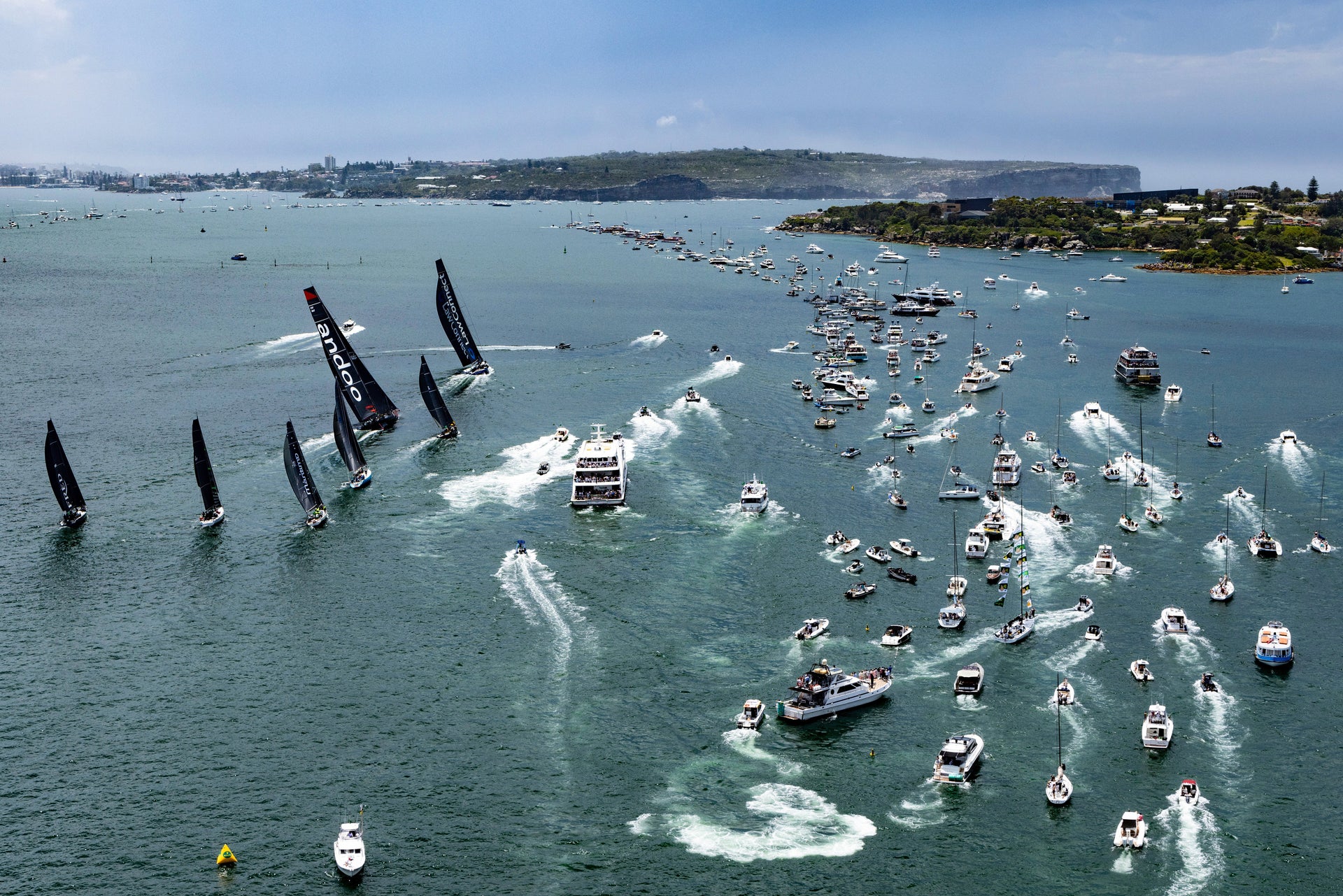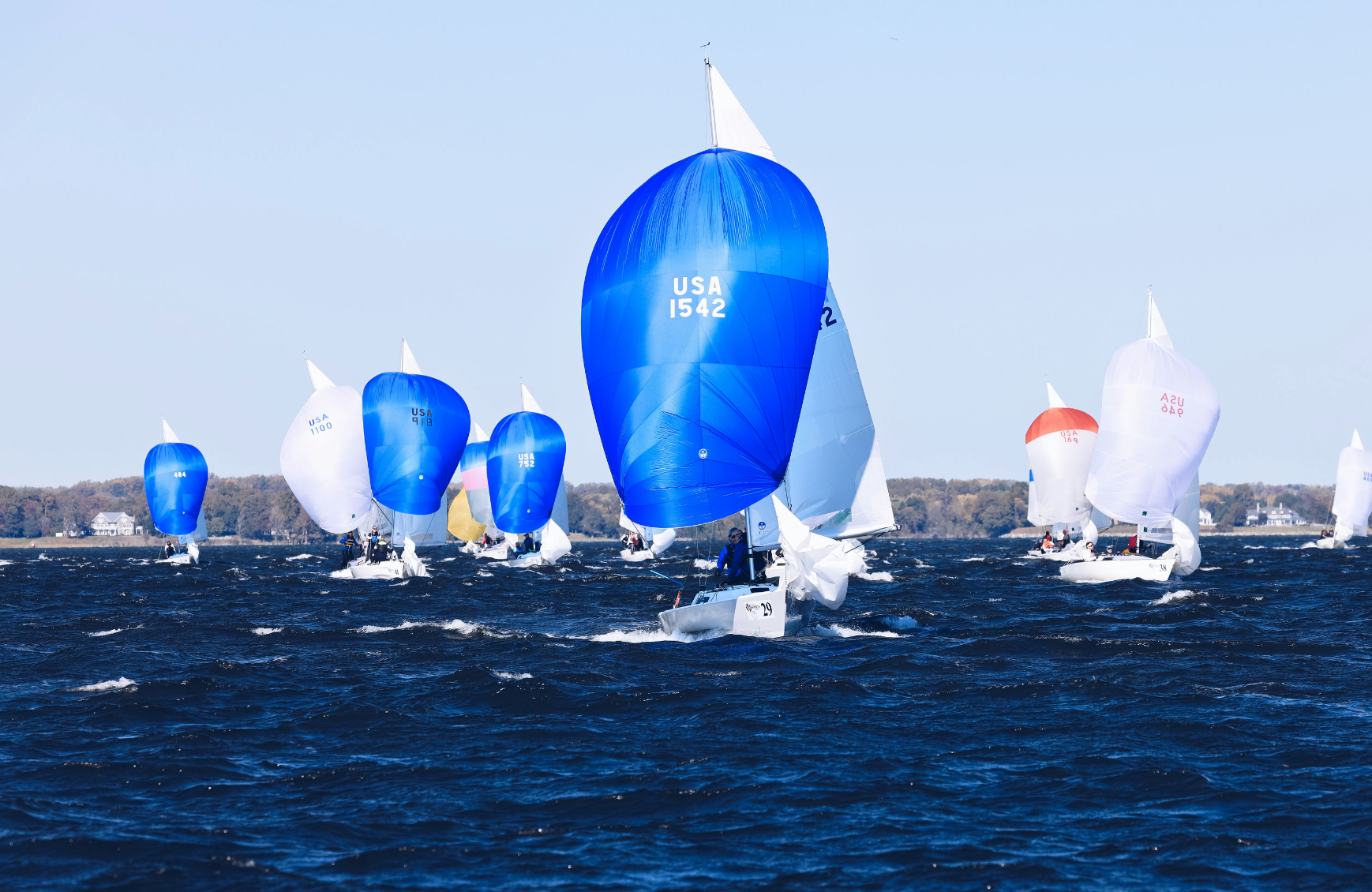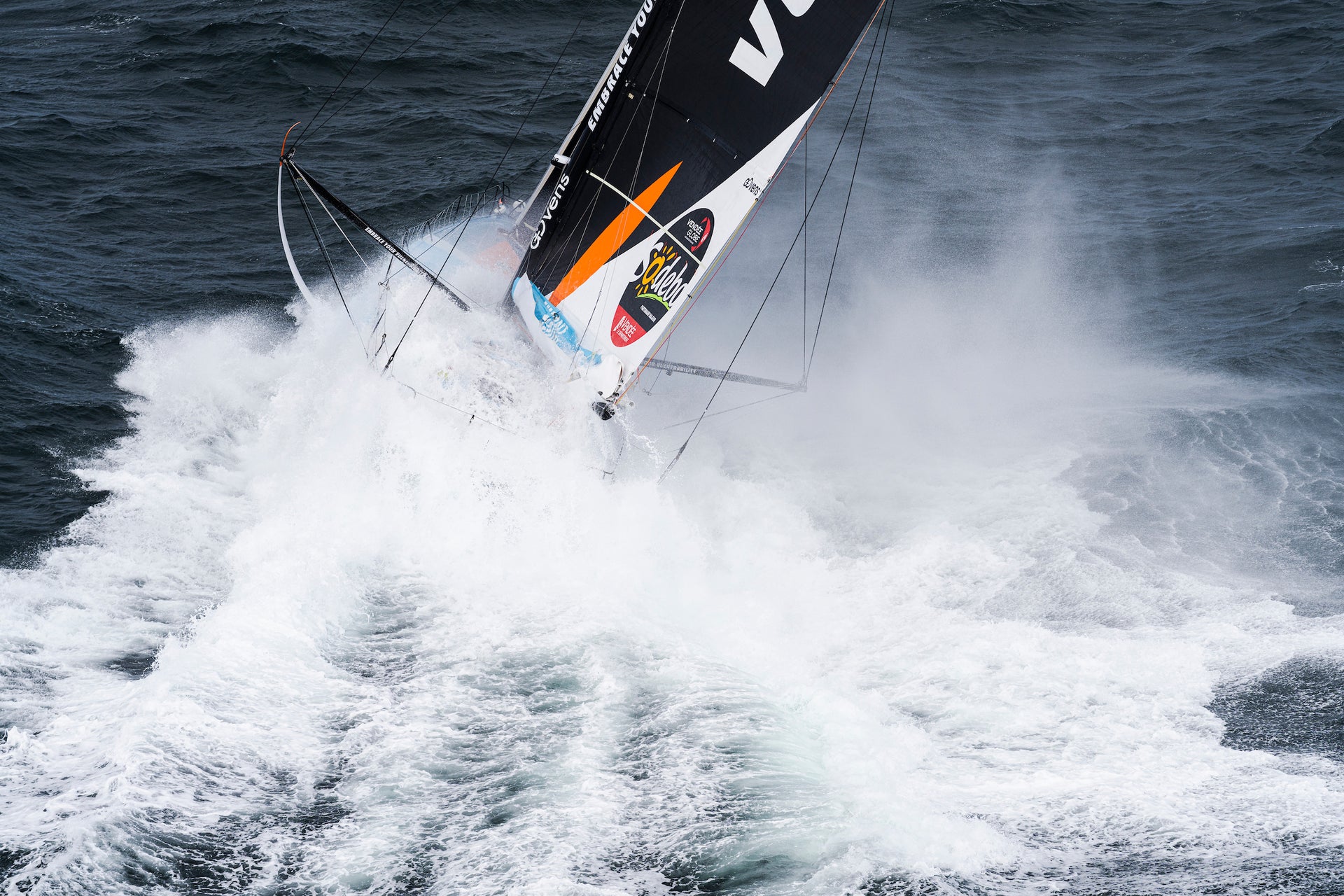GONE SAILING
GONE SAILING
Ft Lauderdale to Key West with Ken Read and Suzy Leech on Alchemist
Ken Read explains why he raced double-handed in a new 33 footer from Fort Lauderdale to Key West.
I just broke a cardinal rule that I was told a long time ago by a Bermuda Race veteran. NEVER go offshore in a boat shorter than your age!
This week I raced a Jeanneau Sun Fast 3300, which is a boat I’d never sailed before, from Fort Lauderdale to Key West, with Suzy Leech—and I’d never sailed with her before. And since it’s a sailboat race, we set out win the whole thing—not just our two-boat class. Sounds cocky but you have to set the bar high no matter what you do, right?
Reality is we had very little expectations and I was super-anxious to have some fun and see what this short-handed racing is all about!
The rhumb-line distance was about 160 miles, so it was a quick race. As we skirted along the outside of the Keys, we were still trying to figure out the boat’s polars and how to operate all the state-of-the-art electronics (can anyone tell me how to use that self-steering thing?), as well as how to make efficient sail changes with only two pairs of hands.
You might remember that several years ago, I took on a totally unknown challenge for me and sailed around the world a couple times in the Volvo Ocean Race as a cure for windward-leeward boredom. Let me tell you, going from a fully professional, fully crewed program (with lots of staff, ashore and afloat, to make everything happen) to only one other teammate is equally drastic. I’ve never been shy about embracing a new challenge, but if I’d known how much work this would be… ah hell, I would’ve done it anyway.

Why? There are several reasons.
First, for North Sails it is critical to have strong relationships with companies like J/Boats, Beneteau, Jeanneau and all the other sailboat manufacturing companies like them. I happened to mention my interest in shorthanded sailing to our North rep in Annapolis Allan Terhune, who set up a meeting with Mike Coe at Jeanneau, and we talked about using their SunFast 3300 for a few events. It just so happens to match the newly announced Mixed Two Person Offshore Keelboat class, though let me be perfectly clear: this is not the beginning of an Olympic campaign. Another point of interest in the 3300 is its co-designer Guillaume Verdier, a major force behind the Comanche design team and a good friend. Anytime he’s involved with the design of a boat, I know it will be a good ride.
Next, I want to do everything I can to encourage more sailboats to be built and get the ones that already exist out on the water more often. One complaint I hear all the time is that it’s too hard to find crew, but for this kind of sailing you only need to find one other person. Double-handed sailing has exploded in France and England, because the people who are doing it are just having fun. There have been pioneers of short-handed sailing on this side of the Atlantic as well, so this is not a reinvention; maybe I’m just finally smartening up to what others have been saying for a long time.
Last but certainly not least, North Sails designers JB Braun and Max Tringale have been working really hard on our Helix layouts for upwind sails, and they needed a guinea pig. Out of five front sails on this boat, four were Helix for this race (the only one that’s not Helix is the A2 Nylon sail). It’s the biggest Helix percentage of any racing inventory to date in my estimation.

How to choose a teammate?
As soon as I had the idea, I realized I needed a teammate who would cover for my own weaknesses. Because the Olympics will require a mixed gender team, I figured that instead of just getting one of my usual buddies I’d practice what I preach and actually invite the other gender to come participate with me. Sailing is still a boys’ club, and we boys need to start doing something to fix that. I also decided my teammate should be American, partly to fit Olympic requirements and partly to promote shorthanded sailing in my own country, where sailing frankly needs a shot in the arm.
Suzy Leech ticks all of these boxes, and she’s a bad-ass. She did bow on Mighty Mary (the all-female team) in the America’s Cup trials in 1995, and they came within one race of going to the Cup. Back then the boats were pretty sketchy, a serious challenge especially forward of the mast. She obviously knows how to handle boats and she is not afraid to get her hands dirty. She’s also smart and understands instrumentation, so I don’t have to figure out any of that. (It’s called an auto pilot, right?) Remember, I’m used to having staff! And I say that in a good way because when you run America’s Cup or Volvo or Comanche and Hanuman type programs with dozens of people involved, you end up with staff! For this race, she had to rely on me and I had to rely on her. And with so little time to practice and trial this new ride, practically the first time we left the dock on our own was to head for the start.
Because of the late announcement by the organizers the doublehanded class only has four boats, but we’ll be scored against the entire fleet in ORC as well. It’s such uncharted territory—the sail crossovers, the people, the process—that I had fewer expectations than any race I’ve ever sailed. All I’m really sure of at this point is that we had fun!



